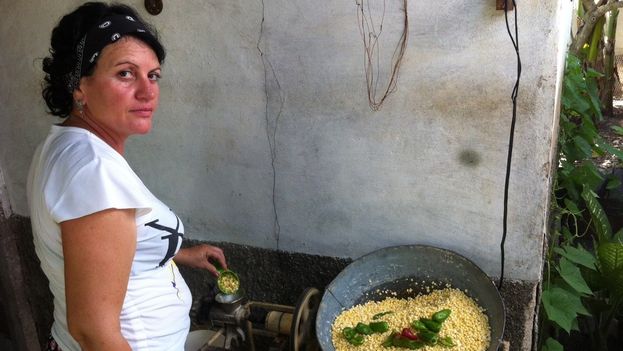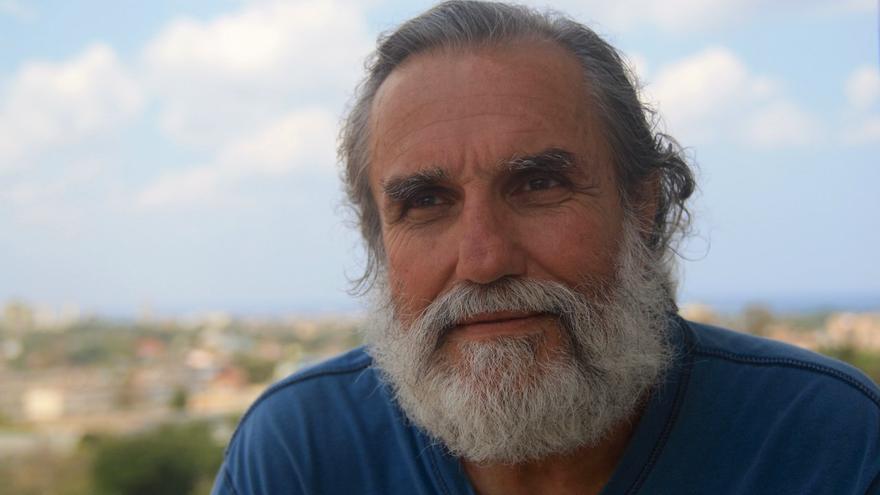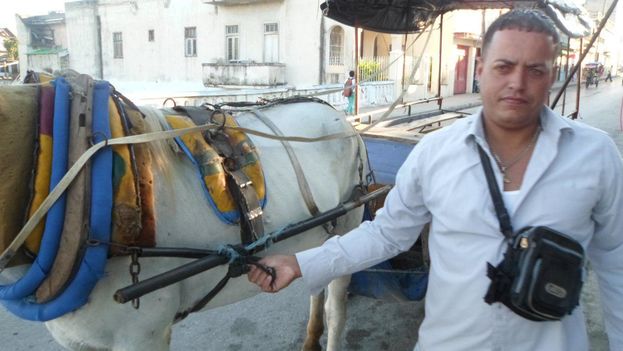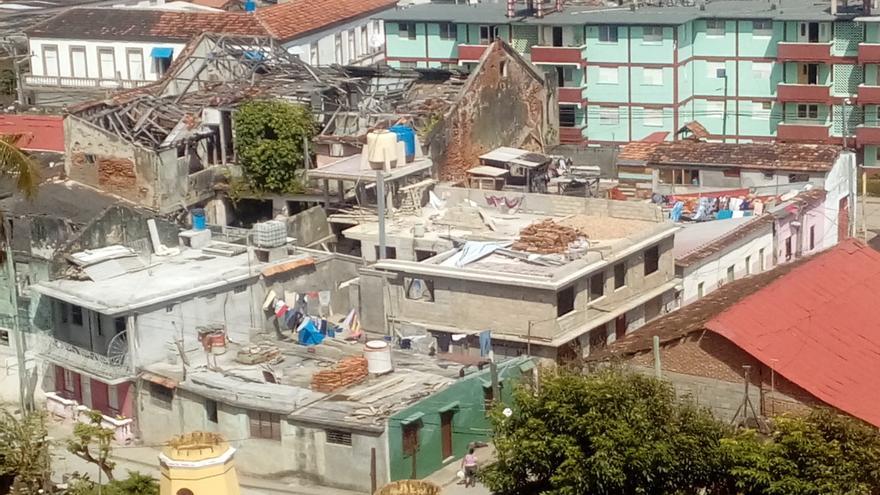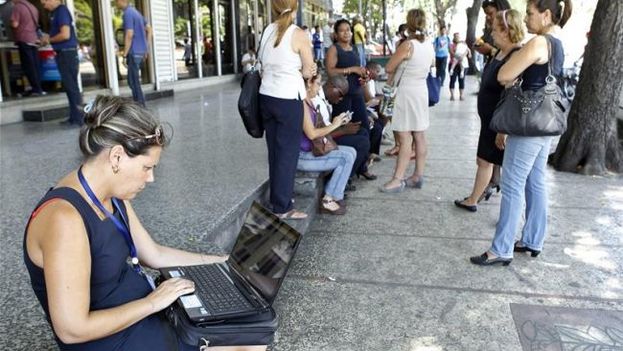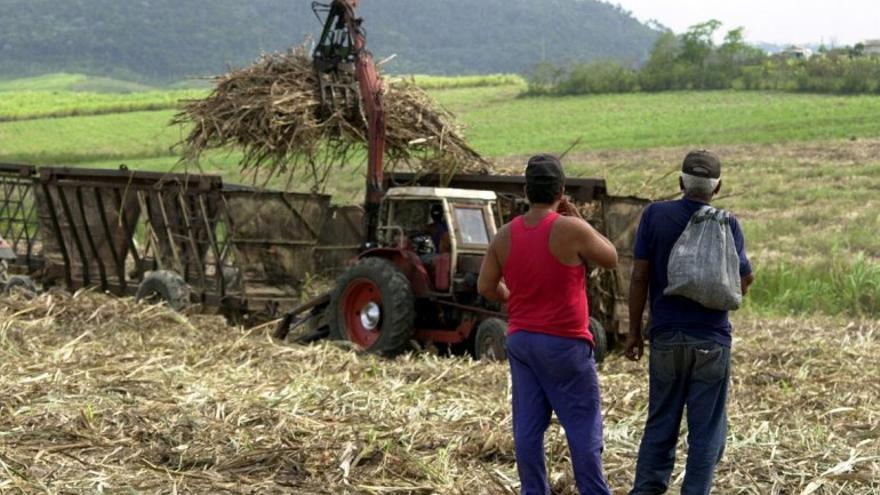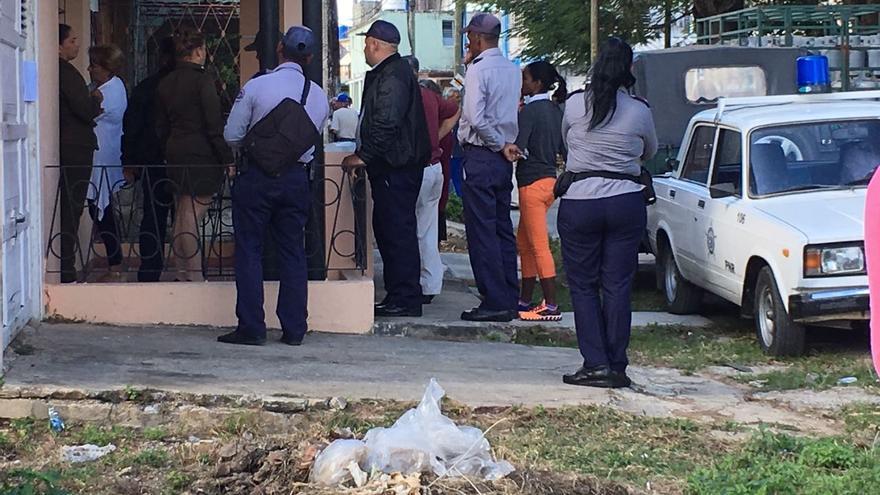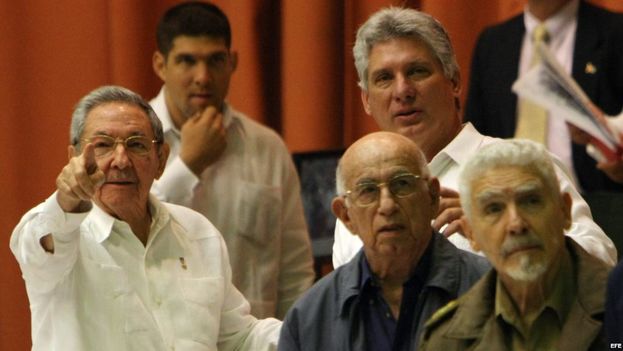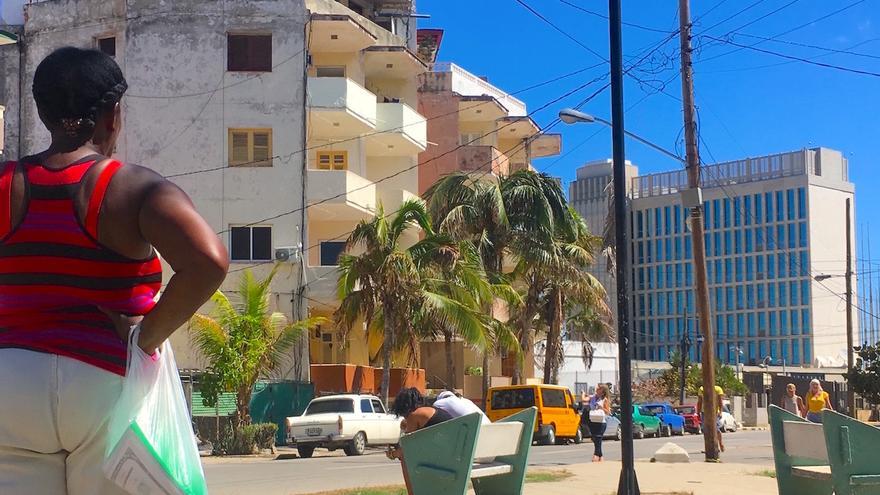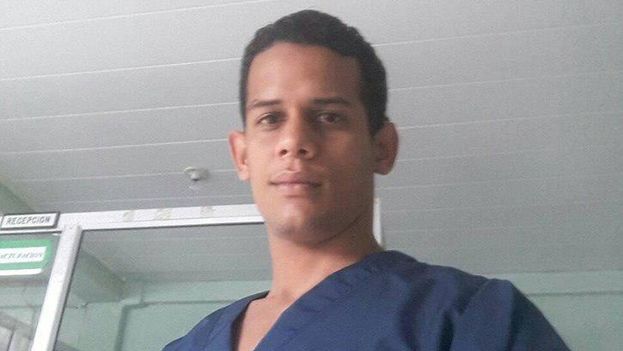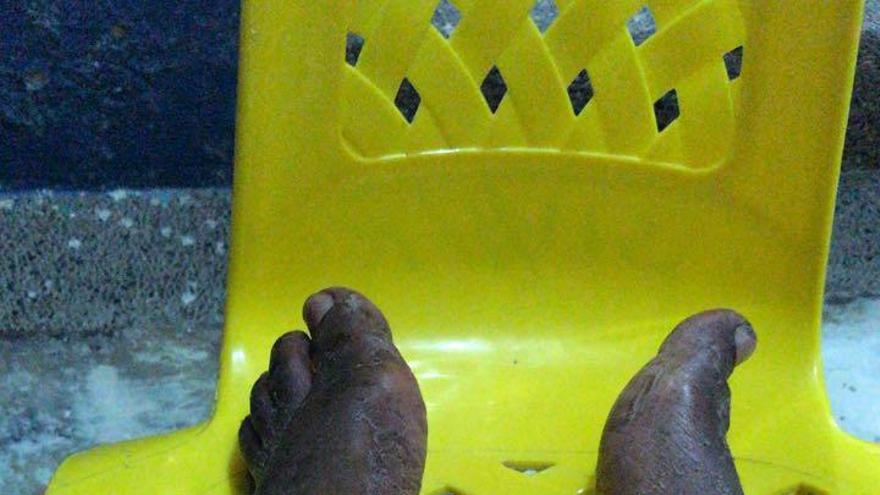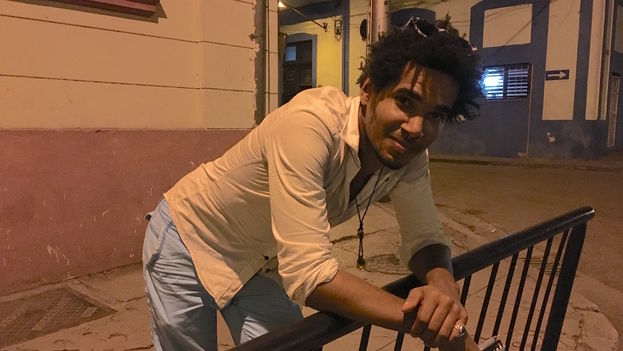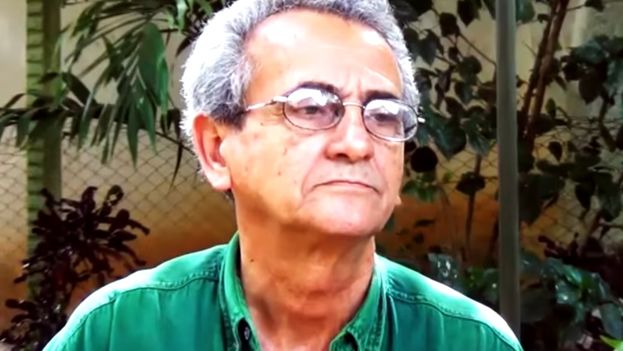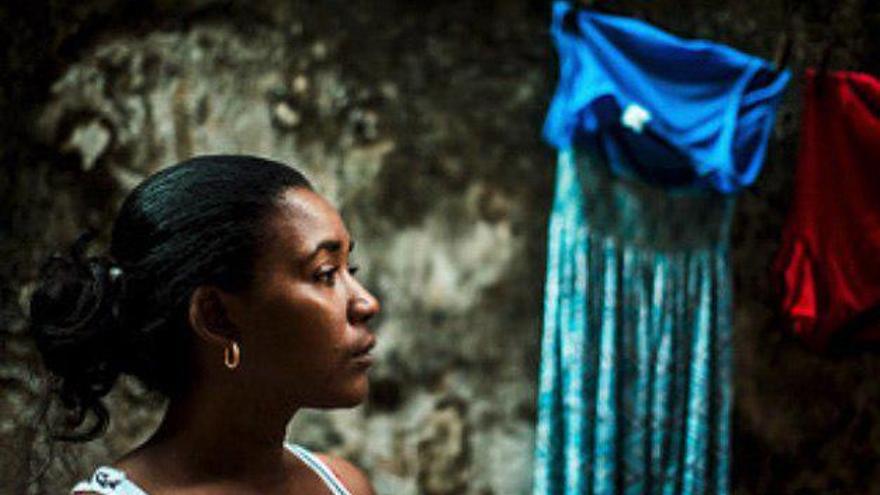
![]() 14ymedio, Zunilda Mata, Havana, 8 March 2018 — Lucy and Maité represent two different faces of the same society. One is a worker in a private business and the other is a prostitute. Both work in the coastal town of Guanabo, east of Havana. This Thursday neither of them will join the international call for strikes convened for this March 8, although each suffers the consequences of gender inequality.
14ymedio, Zunilda Mata, Havana, 8 March 2018 — Lucy and Maité represent two different faces of the same society. One is a worker in a private business and the other is a prostitute. Both work in the coastal town of Guanabo, east of Havana. This Thursday neither of them will join the international call for strikes convened for this March 8, although each suffers the consequences of gender inequality.
Maité was born in Esmeralda, Camagüey, shortly after the island was opened to international tourism and the dollar. As a child she dreamed of being an actress, but when she decided to move to the Cuban capital she encountered a problem. “I had to get married to get residency,” she tells 14ymedio.
Maité was blackmailed by the man who she agreed to a enter into a marriage of convenience with, and he threatened to divorce her and denounce her for illegally residing in the city if she did not sleep with him. She was just 20 years old.
“That’s how I started in this world,” she says now, wearing in a tiny skirt as she sits in a cafeteria in Guanabo where she meets her clients, most of them Italians, Canadians or Spaniards.
A few yards from where she is sitting, two policemen patrol the streets of the tourist area. Although prostitution in Cuba is not prohibited, women are often prosecuted for crimes such as “pre-criminal dangerousness” and “harassment of tourists,” and then confined to work farms to be “reformed.”
On the work farms, sex workers must work in agriculture for between one and two years, but they also receive therapy sessions and courses with the idea of distancing them from prostitution, an objective that often is not achieved.
Maité was already in one of those “open-air prisons,” as she calls them. After that she sought the “help” of a pimp. “The girls who are in this and do not have a man to defend them have a very bad time,” she says. The pimp charges her a part of her earnings and “keeps the police in line.”
The young women who work in the area, most of them arriving from other provinces, are not organized through associations and the trade union movement is controlled by the Government. “Here, no sooner does someone think of making a group or forming an organization, than they pull them off street,” says Maité.
To Maité and her colleagues staging a strike seems to be “playing with fire” although they have a long list of demands. “When I go to file a complaint at a police station, at the very least they make fun of me or threaten to put me in the dungeon for a few days.”
The government also does not include prostitution among the work activities eligible for one of the the private work licenses authorized over the last decades. “I am like a cuentapropista (a self-employed person) but without permission, without a union and without the right to one day have a pension,” Maité complains.
A few yards away, also on Guanabo’s main street, Lucy works as an employee of a snack bar selling pizzas and snacks where, during the summer, long lines form, fed by the arrival of thousands of vacationers.
“I’ve been in this job for almost five years and it’s going well, although the days are hard.” For almost 10 hours Lucy stands behind a counter selling ham sandwiches, fruit smoothies and pizzas. “Sometimes when I get home I can’t even take off my shoes my feet are so swollen.”
This March 8, Lucy will not join the women’s strike. “I can’t, if I stop working they throw me out and private businesses have a line of people who want to work here,” she explains. The business owner is a man who has redone part of his home to operate as a snackbar.
In Cuba the private sector is currently 33% women, but at the head of businesses, female faces are not as visible. “Most women are not owners, but hired to provide services by those who have the capital, usually men,” says economist Teresa Lara.
The specialist also explains that “women perform care and food service activities.” Hairdressers, baby-care centers and food delivery are some of those occupations, but in the transportation of passengers or technical services their absence is striking.
“The owners of these businesses want good-looking women to serve the public,” confirms Lucy. The press has published several complaints of discrimination based on age, race or certain aesthetic parameters, but the practice continues and there are more and more demands.
“I have to wear this short skirt that I do not like very much, but the owner says that I sell more,” says Lucy. Curiously, Maité’s skirt also falls many inches above the knee. The tiny size of that piece of clothing, showing off a good part of their thighs, is common to both women.
The two women have something else in common. Both joined the Federation of Cuban Women (FMC) at 14, the pro-government organization that includes most of the Cuban women. “I’m still ’federated’ to protect myself if I get caught a police raid,” confesses Maité. “I’m about to step down because it’s pure formality,” Lucy adds.
This March 8, the FMC has called on the ‘female trenches’ to support the Revolution and has honored its founder, Vilma Espín, who was Raúl Castro’s wife. The logo of the organization, on display everywhere this Thursday, is a woman dressed as a soldier with a rifle on her shoulder. Ready to “defend the homeland.”
_______________________________
The 14ymedio team is committed to serious journalism that reflects the reality of deep Cuba. Thank you for joining us on this long road. We invite you to continue supporting us, but this time by becoming a member of 14ymedio. Together we can continue to transform journalism in Cuba.

